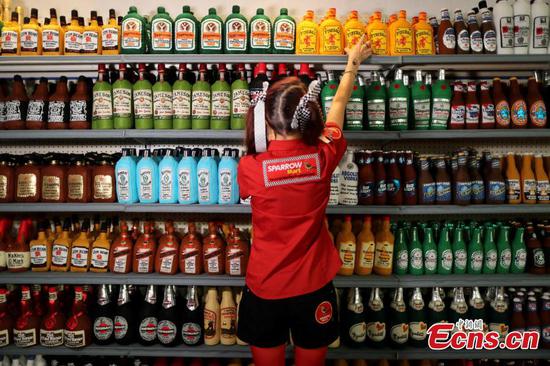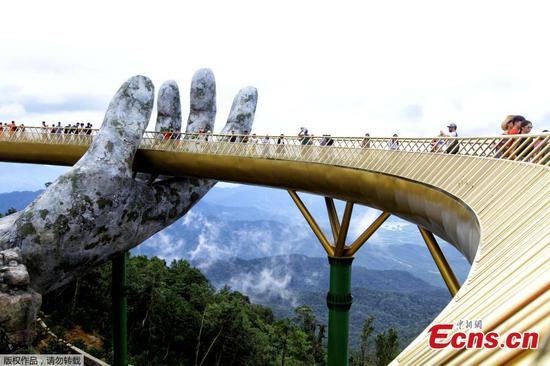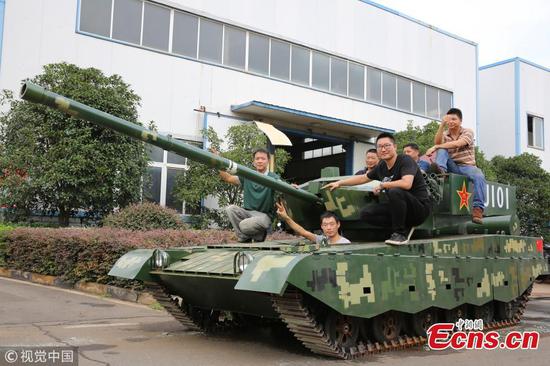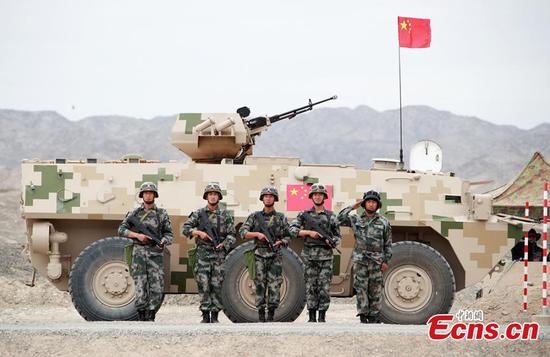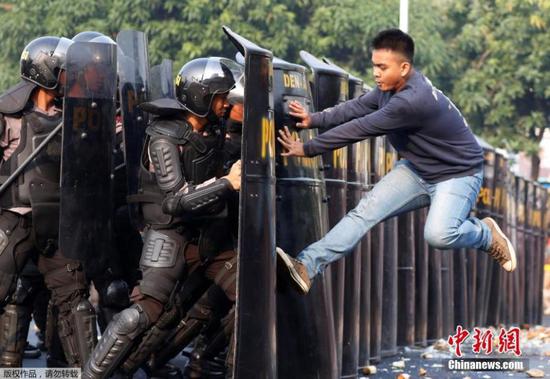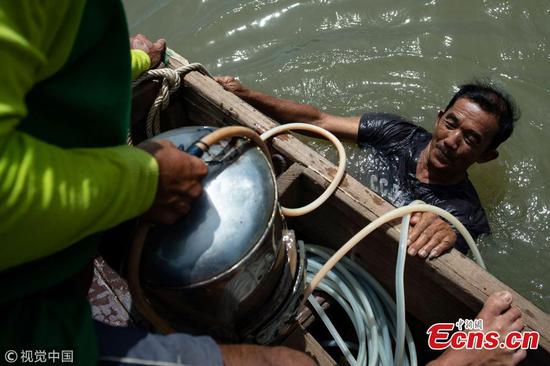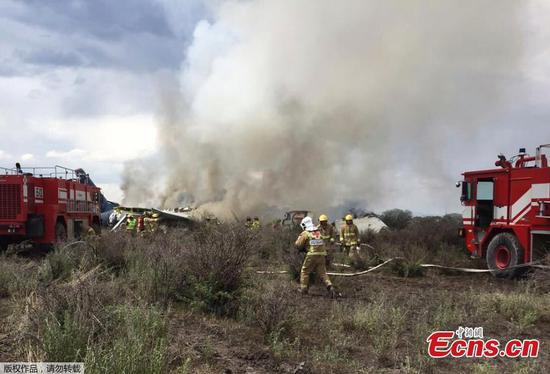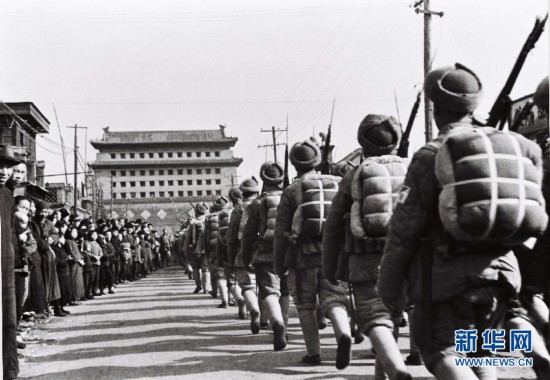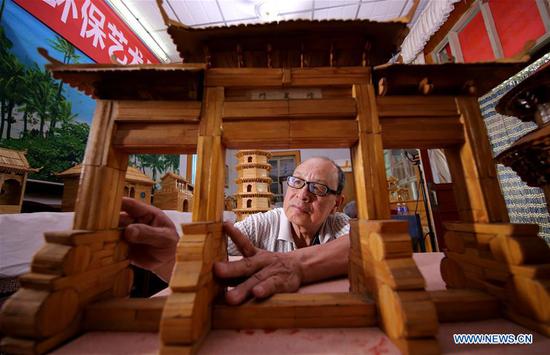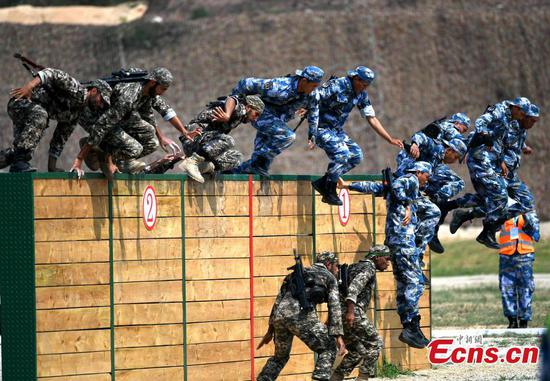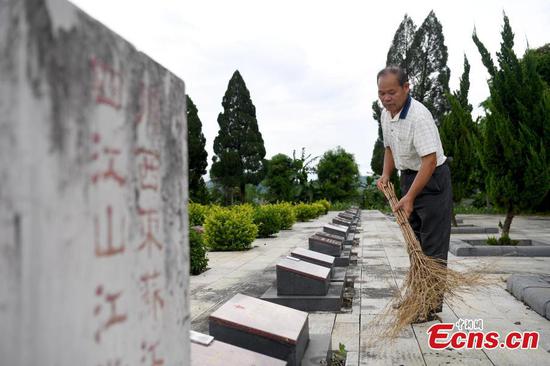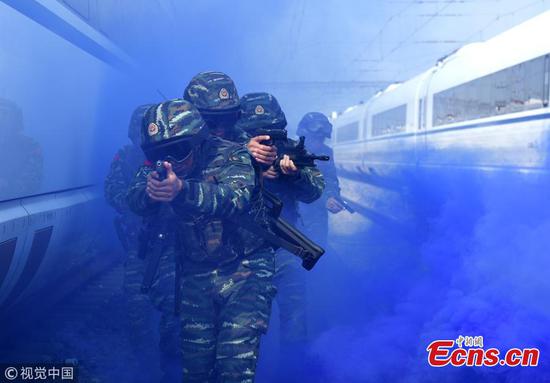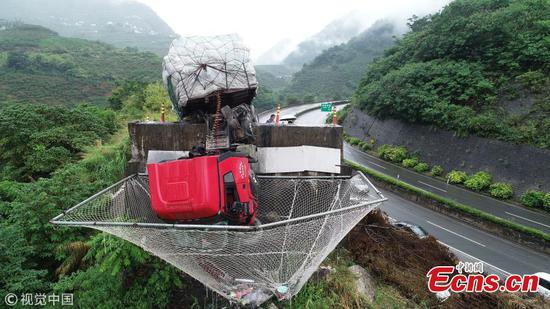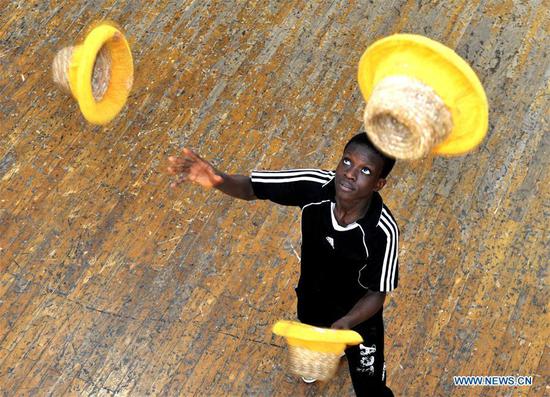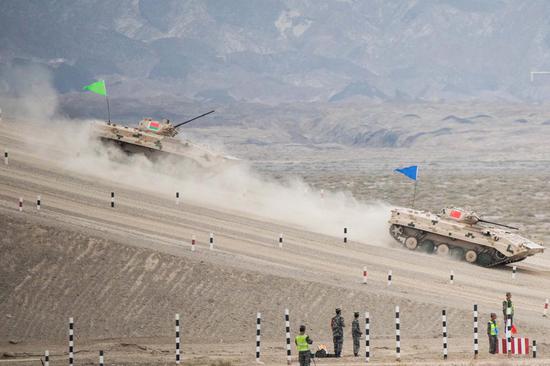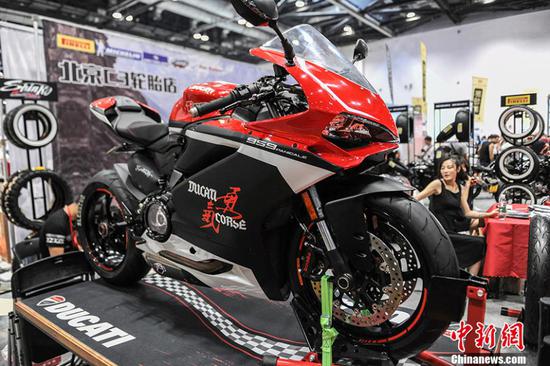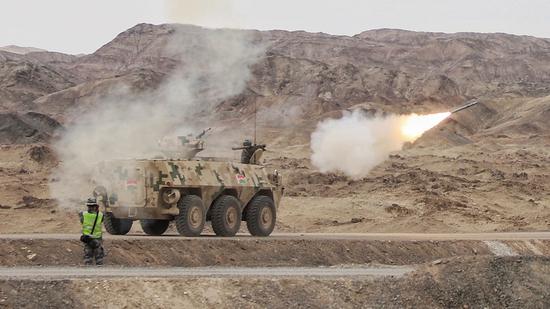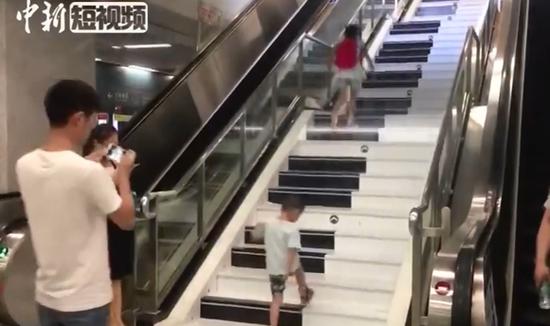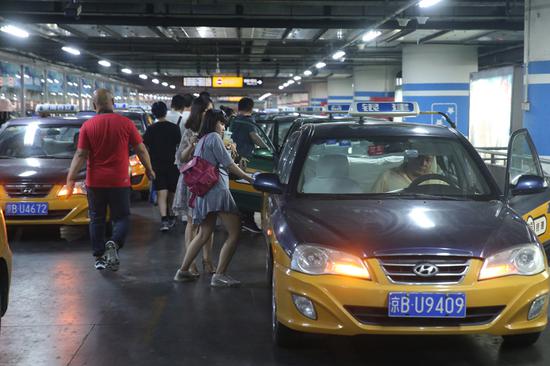
Hailing a taxi is one of the difficulties at Beijing South, particularly late at night. (WANG JING/CHINA DAILY)
Design criticized
Chen Yanyan, dean of Beijing University of Technology's metropolitan transportation college, said Beijing South has failed to run a successful transportation hub for the traveling and nontraveling public. "To prioritize passengers' needs, the subway could close later and buses could be added at night," she said.
She suggested that public transportation services should be increased at the station to ease the shortage of taxis during peak hours, and that operating hours be extended to help late arrivals.
"The authorities can also take advantage of information technology to dispatch taxis more efficiently," she added.
The station's design has also failed to prioritize passengers' needs, Chen said.
The layout of a well-operated station should first consider passengers instead of business. The station's failure to distinguish its commercial area from the passenger areas has worsened the problem, she said.
At Beijing South, the waiting area is surrounded by stores on the same floor.
"Separating the two areas has been the norm for well-run stations across the globe, including Hongqiao station in Shanghai, King's Cross in London and Grand Central in New York," she said.
Chen also said that in these stations, public transportation, including the subway and buses, instead of taxis or private cars, is the principal choice for travelers.













